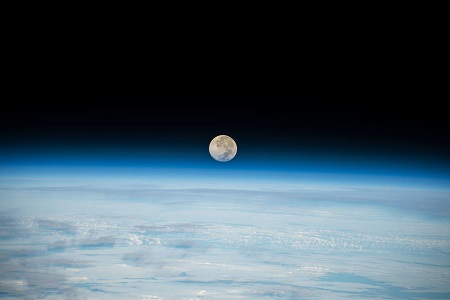Winners will also receive support from propulsion, space transportation, and science experts at NASA's Marshall Space Flight Center in Huntsville, Alabama.

NASA is allocating nearly $1.5 million to academic, nonprofit, and business organizations to advance cutting-edge technologies essential to the return to the moon under Artemis and future exploration of Mars.
Under NASA's Dual-Use Technology Development Collaborative Agreement Notice (CAN), 21 organizations will work on 24 projects aimed at pioneering innovative solutions. These winners will receive mentorship from propulsion, space transportation, and science experts at NASA's Marshall Space Flight Center in Huntsville, Alabama.
“We're thrilled to be partnering with CAN for the first time in 2020,” said Daniel O'Neill, manager of NASA Marshall's Technology Development Dual-Use CAN Program. Products from these cooperative agreements will support the closing of identified technology gaps and enable the development of components and systems for NASA's Moon-to-Mars architecture. ”
Among the diverse projects are proposals to use lunar regolith to build the moon's surface, employing smartphone video guidance sensors to steer robots on the International Space Station, exploring new battery materials, and enhancing neutrino particle detection capabilities. etc. have been proposed.
Leading academic institutions, including Florida Institute of Technology, Northwestern University, and the University of Alabama, secured funding for multiple projects, highlighting their critical role in advancing space exploration technology.
This funding opportunity was targeted to organizations dedicated to fostering entrepreneurial research and innovation with the goal of strengthening the commercial space sector while serving future NASA mission objectives.
The 2024 recruitment cycle is now open and seeking further contributions to drive technological advances essential to the future of space exploration.




